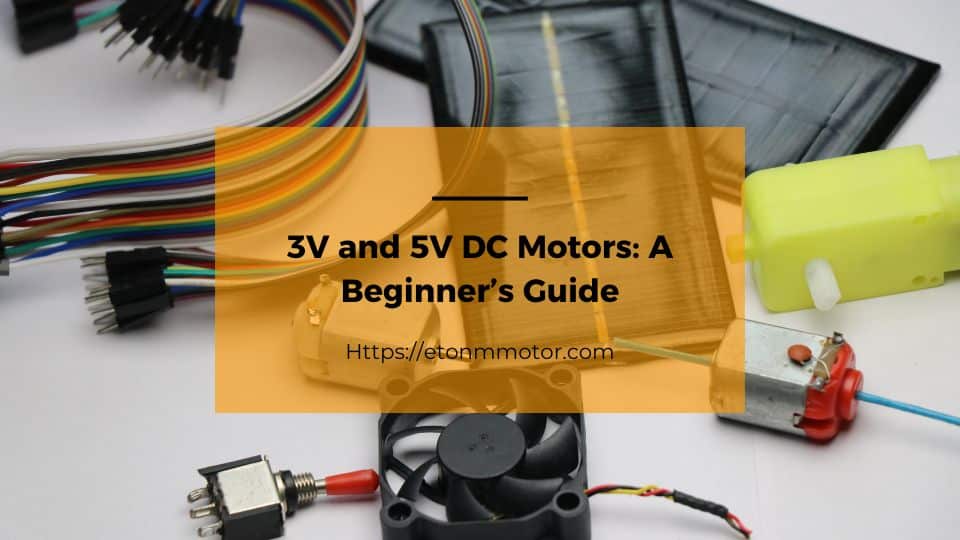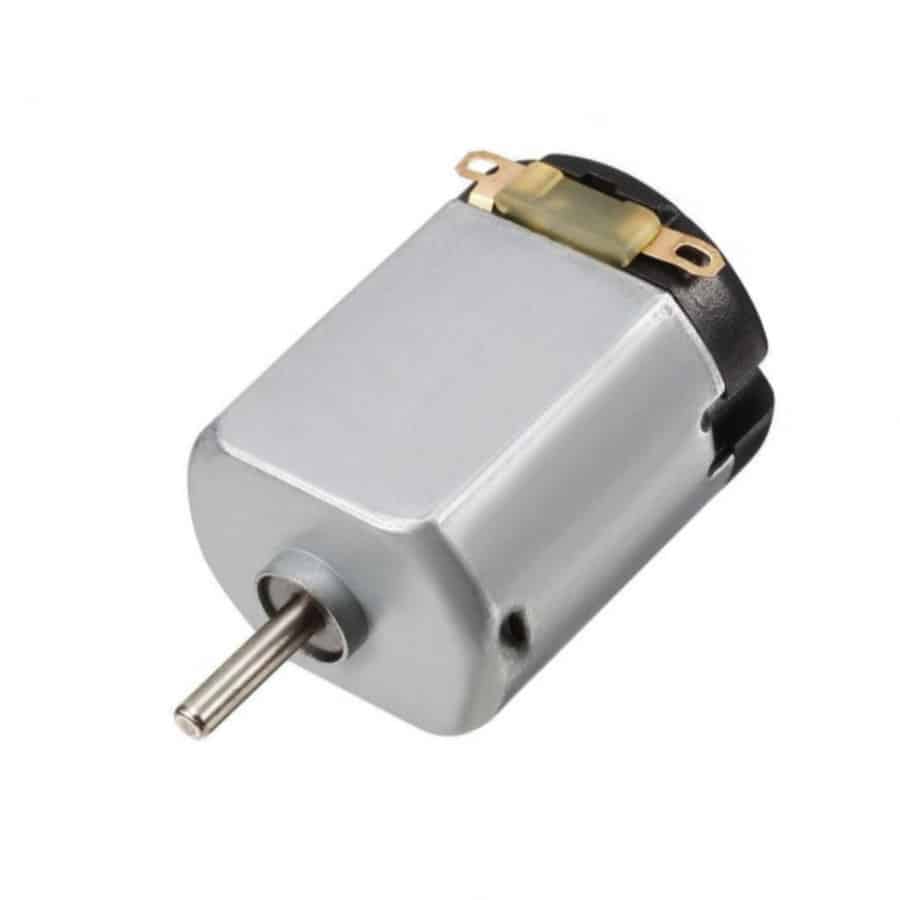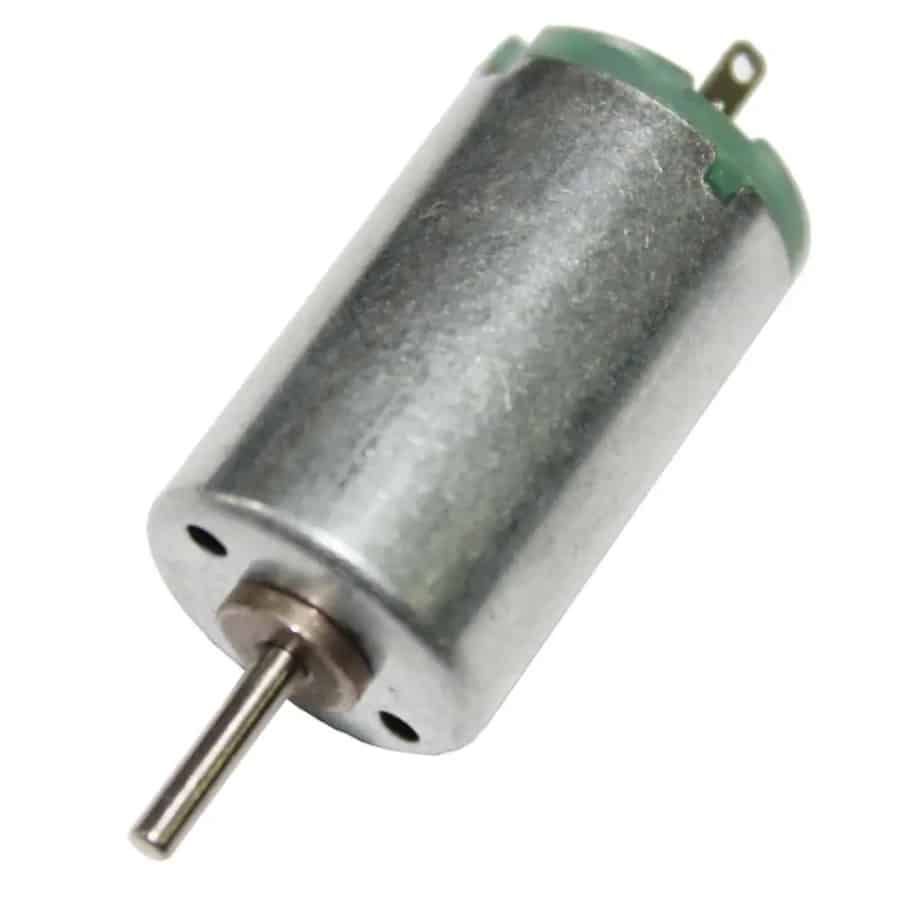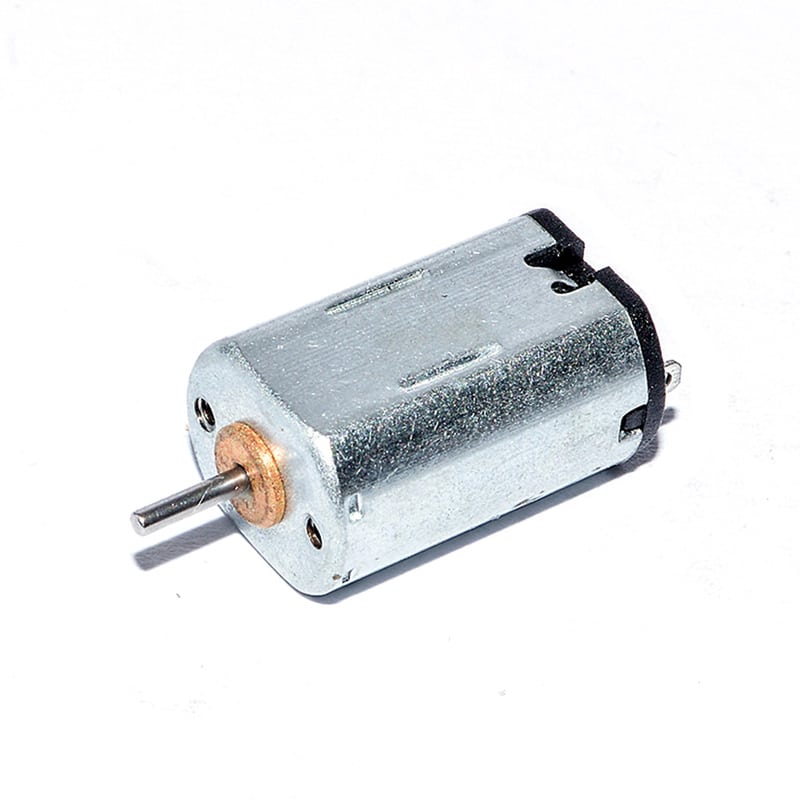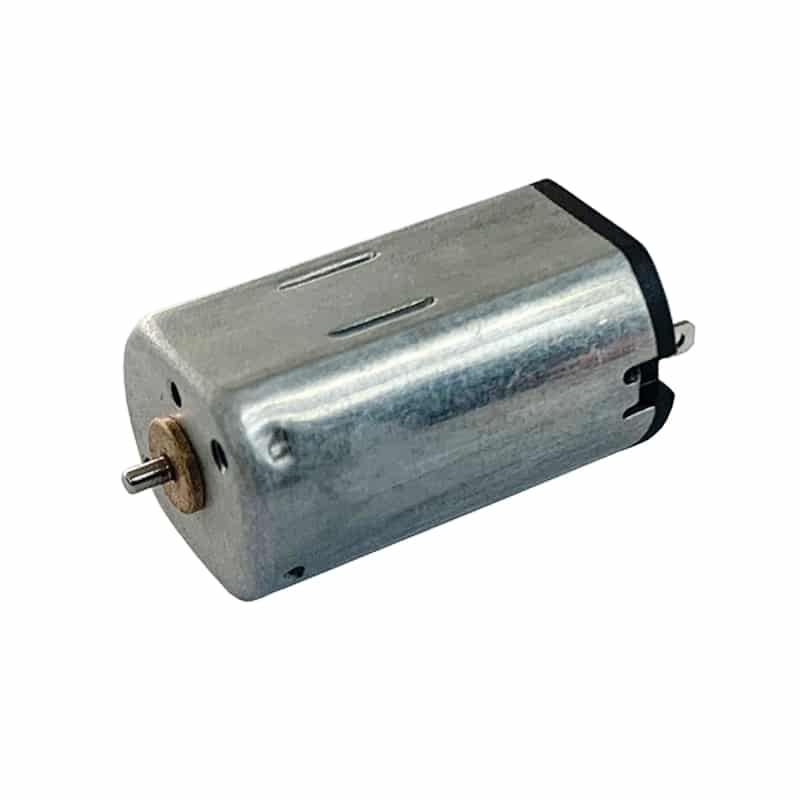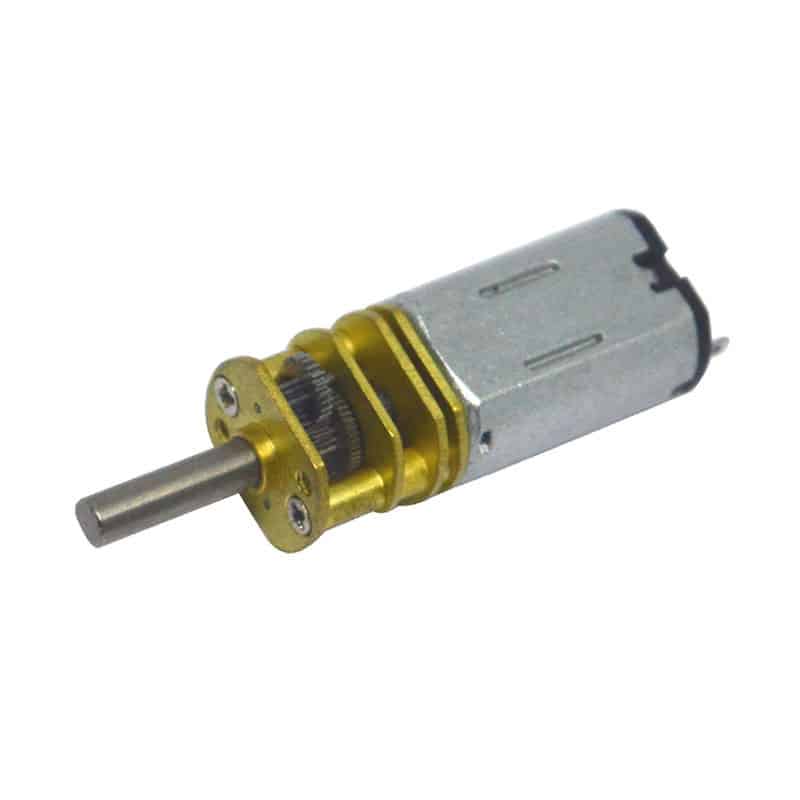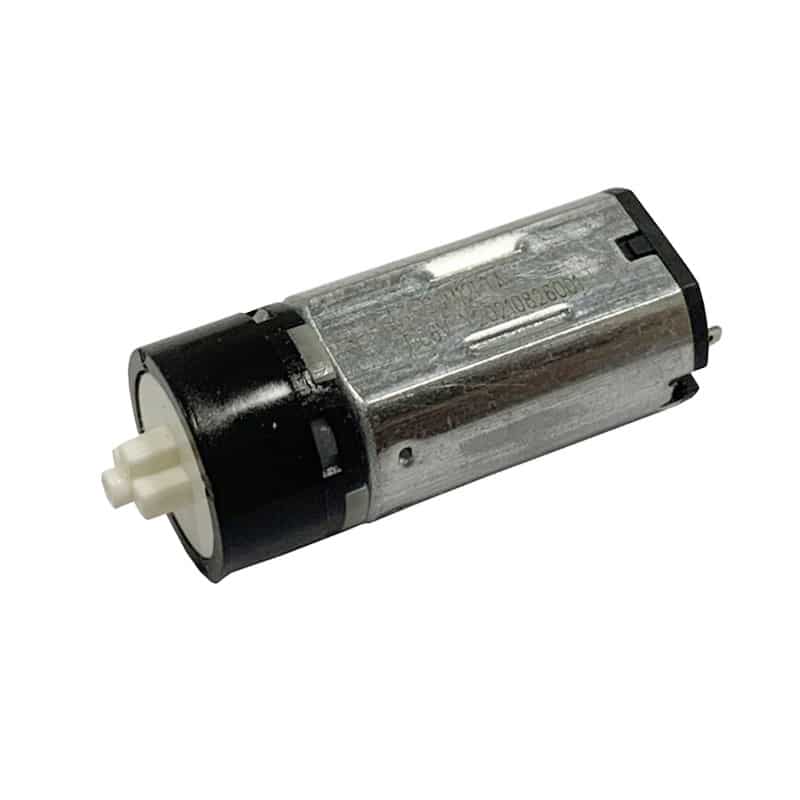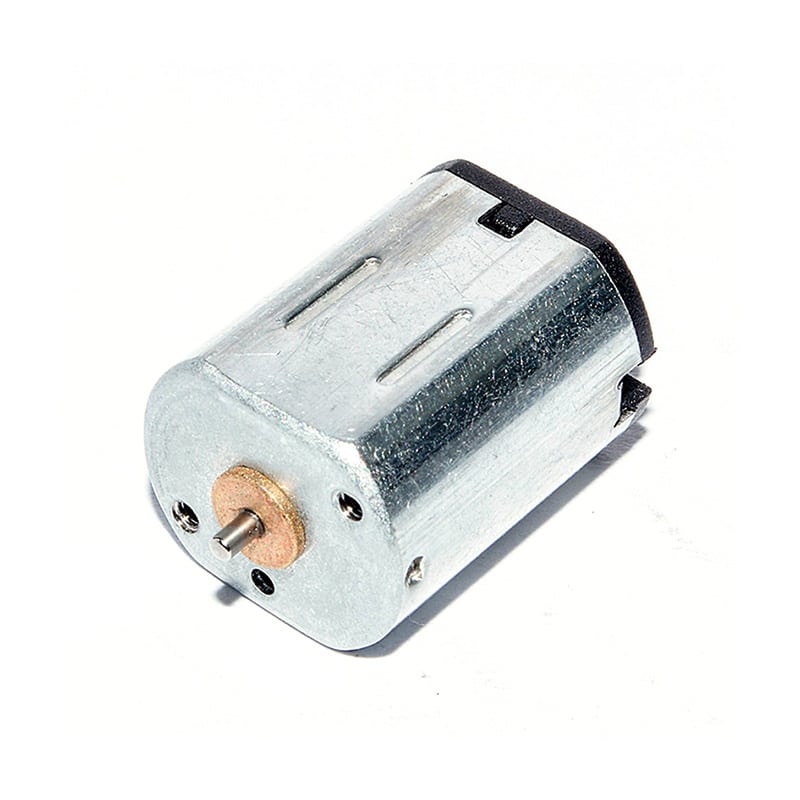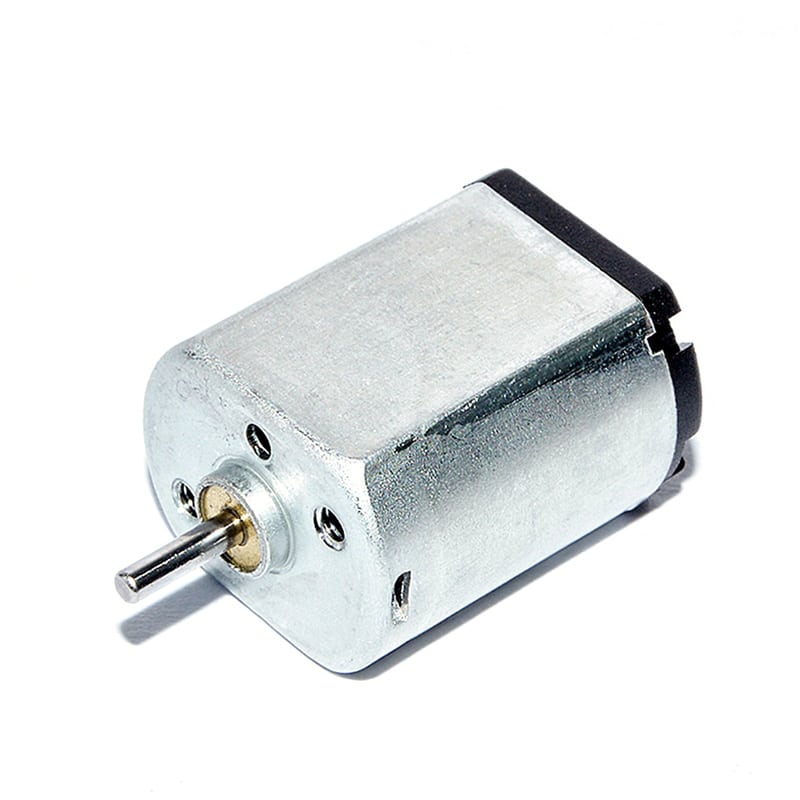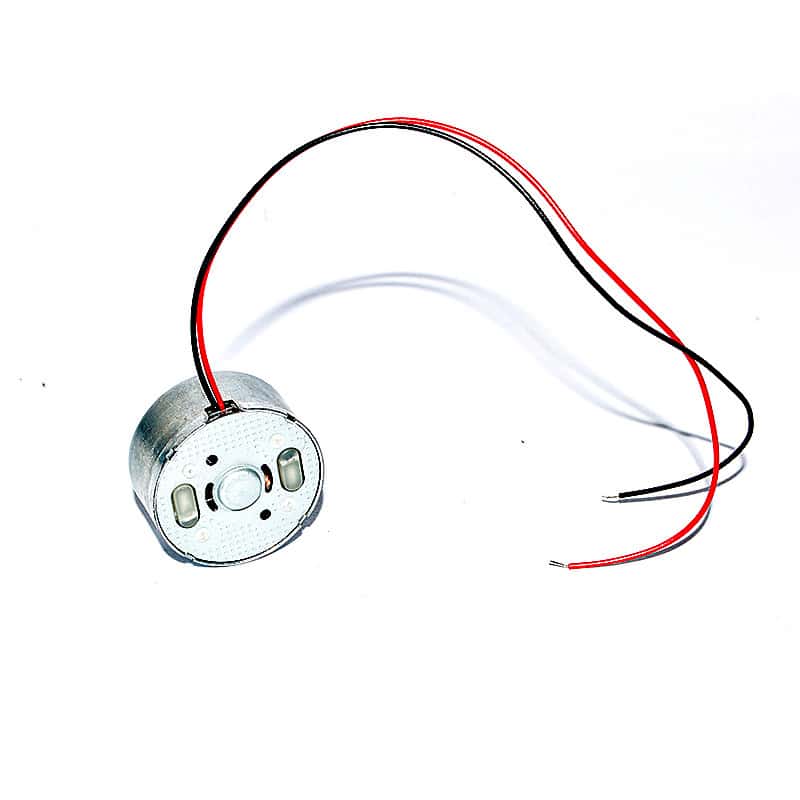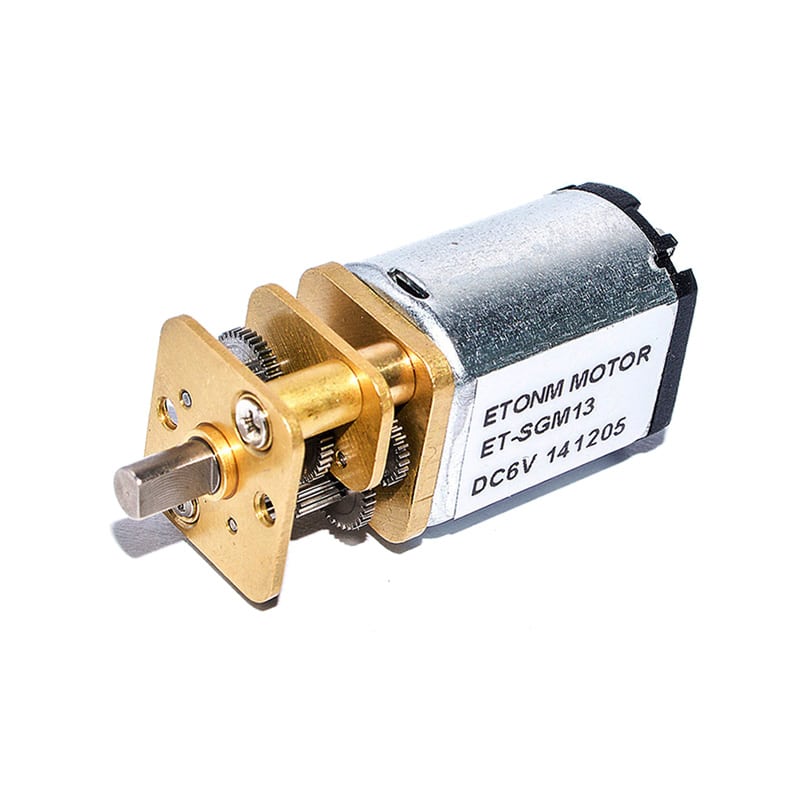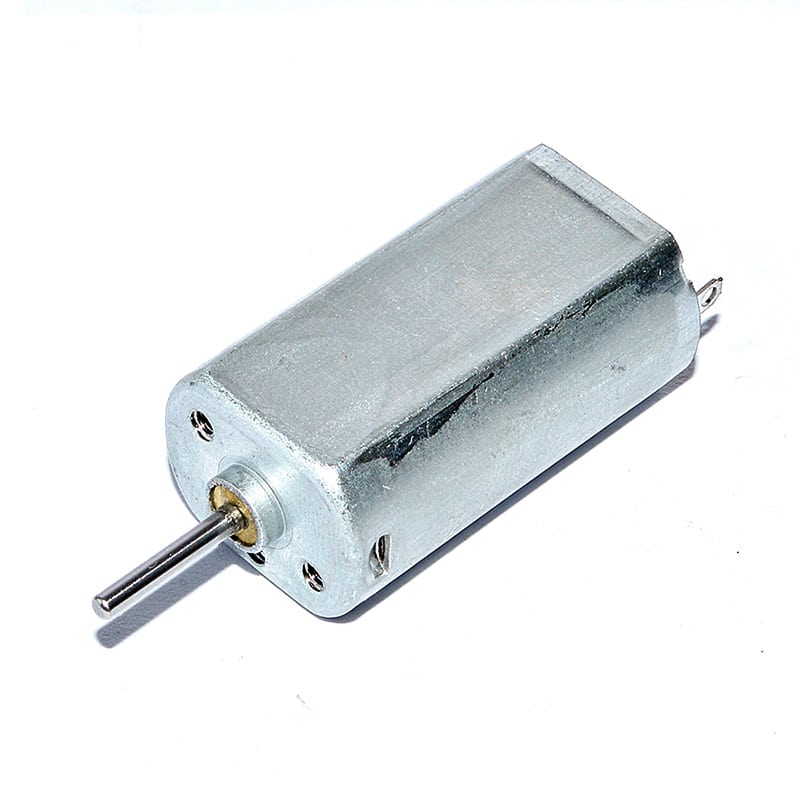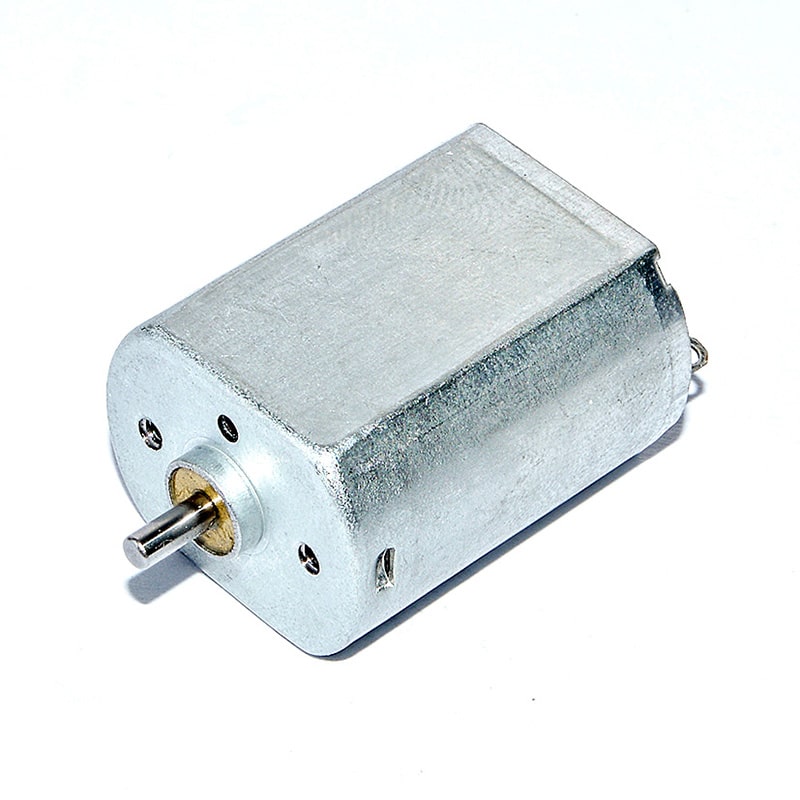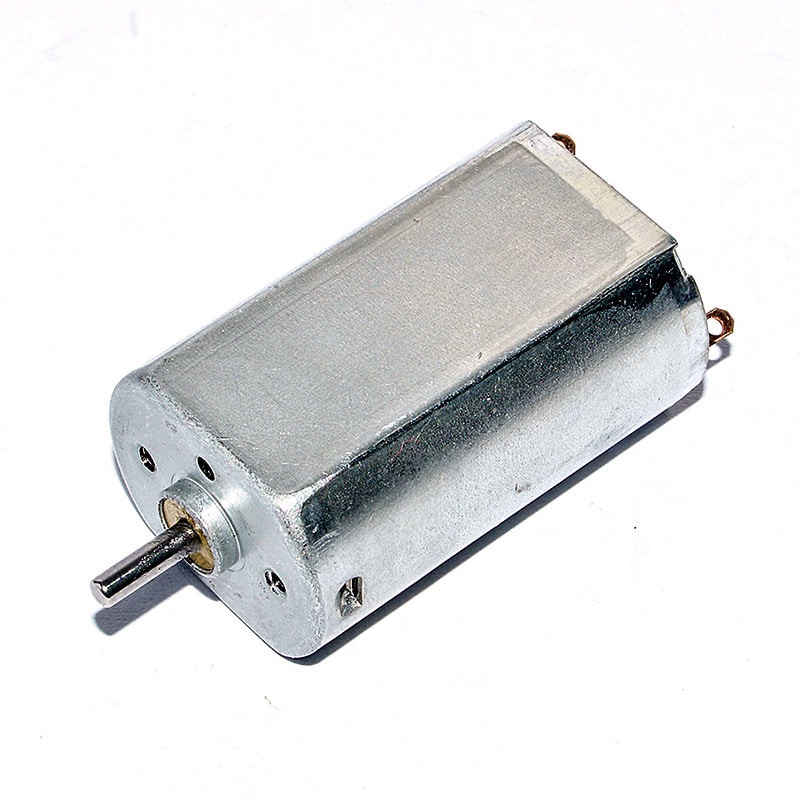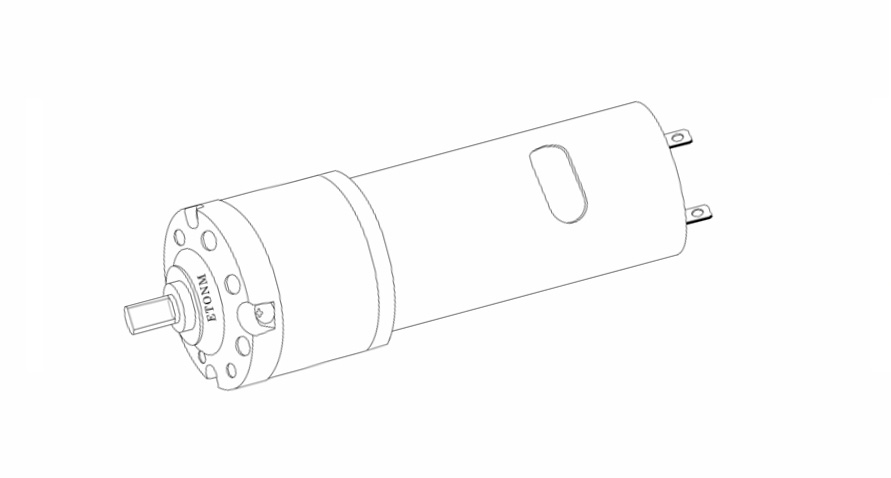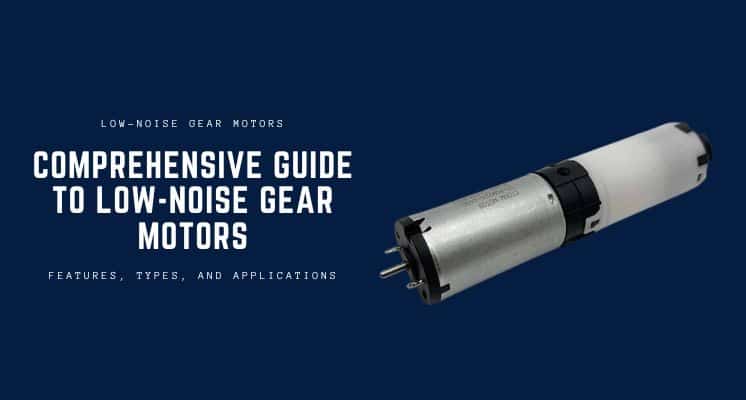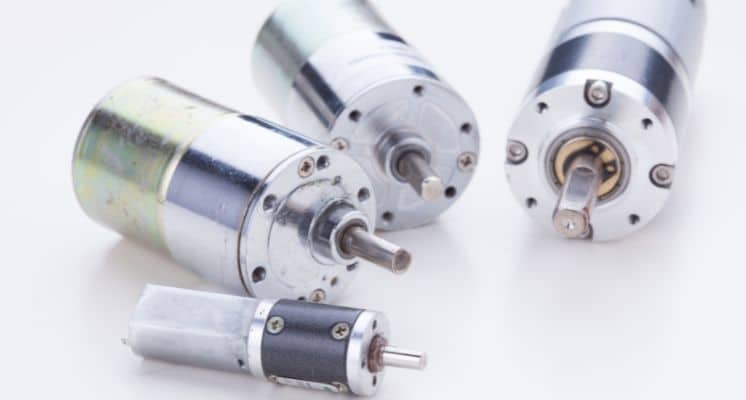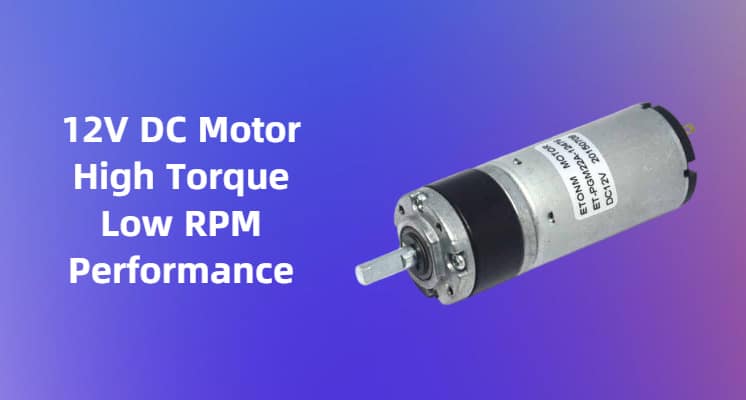"Curious about low-voltage motors? This guide dives into 3V and 5V DC motors, exploring their features, applications in small projects, and tips for choosing the right one. Whether it’s a dc motor 3v or 5v dc motors, Etonm Motor has you covered with custom solutions for smart homes, robotics, and more."
Table of Contents
Introduction
If you’ve ever tinkered with a DIY project or wondered what powers those tiny gadgets around your home, chances are you’ve come across low-voltage motors like the 3V and 5V DC motors. These little powerhouses might not look like much, but they’re everywhere—from smart home devices to miniature robots. So, what’s the deal with a DC motor 3v or 5v DC motors, and why should you care? Well, stick with me, because this guide is all about unpacking their magic for beginners.
Low-voltage motors are the unsung heroes of small-scale engineering. They’re compact, energy-efficient, and perfect for projects where size and power consumption matter more than raw strength. Whether you’re building a toy car, a sensor-driven dispenser, or just experimenting with electronics, these motors offer a sweet spot of performance and practicality. Here at Etonm Motor, we’ve been crafting custom solutions like these for years, helping innovators bring their ideas to life in fields like robotics, smart homes, and even medical care. Ready to dive into the world of low-voltage motors? Let’s get started!
What Are 3V and 5V DC Motors?
Let’s kick things off with the basics: What exactly are 3V and 5V DC motors? Simply put, they’re small electric motors powered by direct current (DC) at low voltages—either 3 volts or 5 volts. Think of them as the tiny engines that keep things moving without needing a hefty power source. A DC motor 3v, for instance, can run off a couple of AA batteries, while 5v DC motors might hitch a ride on a USB power bank. Pretty neat, right?
These motors work by converting electrical energy into mechanical motion. Inside, a coil of wire (called the armature) spins between magnets, driven by a steady flow of current. The low voltage keeps things safe and efficient, making them ideal for compact devices. At Etonm Motor, we design these motors with precision—whether it’s a DC motor 3v for a micro robot or a 5V version for a smart valve. They’re typically lightweight, often weighing just a few grams, and deliver power in the 1-5 watt range. That’s not enough to lift a car, but it’s perfect for spinning a small fan or driving a gear in your latest project.
So, why 3V or 5V specifically? It’s all about balance. These voltages hit a sweet spot—low enough to run on minimal power, yet strong enough to get the job done in small-scale applications. The next time you’re browsing our catalog at Etonm Motor, you’ll see how these little guys pack a punch despite their size!
Why Choose Low-Voltage Motors Like 3V and 5V?
So, what makes low-voltage motors like 3V and 5V worth your attention? For starters, they’re incredibly efficient little champs. A motor 3v dc sips power like it’s on a diet, which means you can run it for hours on a small battery without worrying about draining your setup. That’s a huge win if you’re working on portable gadgets or battery-powered projects. Same goes for 5V motors—they pair perfectly with USB power sources, making them super convenient for modern DIY builds.
Another big perk? Size. These motors are tiny—often no bigger than a AA battery themselves—which makes them a dream for cramped spaces. Whether you’re squeezing one into a smart lock or a handheld medical device, they fit where bulkier motors just can’t. I’ve always found that a motor 3v dc feels like a secret weapon for projects where every millimeter counts. Plus, the low voltage keeps things safe. You won’t need heavy shielding or complex wiring, which is a relief if you’re just starting out.
Compared to, say, a 12V motor, these low-voltage options trade raw power for practicality. A 12V motor might crank out more torque, but it also guzzles more energy and needs a beefier power supply. At Etonm Motor, we love how 3V and 5V motors strike that perfect balance for applications like robotics or smart home devices. They’re not here to lift the world—just to make it spin a little smarter.
Real-World Applications of 3V and 5V DC Motors
Wondering where these little motors actually show up in real life? Let’s take a stroll through some everyday examples. Low-voltage motors like dc motor 3v and 5v dc motors are quietly powering tons of cool stuff, often without us even noticing. From your smart home to a kid’s toy, they’re the unsung heroes keeping things moving.
Take smart home gadgets, for instance. Ever marvel at how your automated curtains glide open in the morning? Chances are, a dc motor 3v is behind that smooth motion. These motors are small enough to tuck into tight spaces and efficient enough to run on a battery for ages. At Etonm Motor, we’ve crafted versions for smart valves and dispensers too—think water meters or soap pumps that know just when to kick into gear.
Then there’s robotics. If you’ve ever built a mini robot—or watched one zip around—the odds are good it’s got a 5v dc motors driving its wheels. They’re lightweight and easy to control, making them a favorite for hobbyists and pros alike. I once saw a student use one to power a tiny rover for a science fair—proof you don’t need big voltage for big dreams! And don’t forget toys: those buzzing race cars or spinning tops? Yep, low-voltage motors are the magic inside.
Want to see more? Check out our Micro DC Motor collection at Etonm Motor. We’ve got custom options that fit everything from vending machines to medical tools—small motors, big impact!
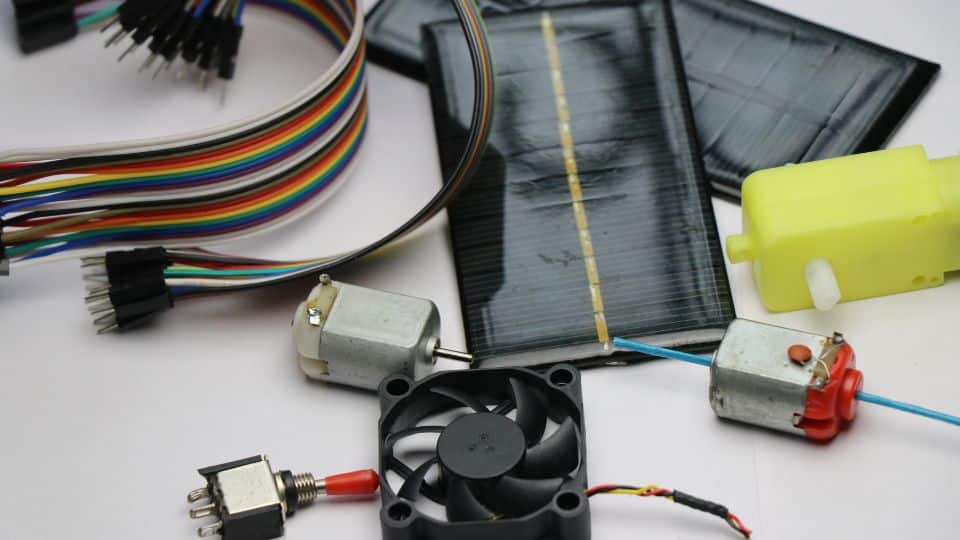
Can a 3.5 Volt DC Motor Fit Your Project?
Now, let’s zoom in on something a bit more specific: the 3.5 volt DC motor. Sitting snugly between 3V and 5V, this motor might not get as much buzz, but it’s a hidden gem for certain projects. It’s like the middle child of low-voltage motors—quietly doing its job while others steal the spotlight. So, when does it shine?
A 3.5 volt DC motor is all about compromise in the best way. It offers a bit more oomph than a 3V motor without jumping to the power draw of a 5V one. Picture this: You’re designing a micro water pump for a portable humidifier. A 3V motor might struggle to push enough water, and a 5V could overdo it, draining the battery too fast. That’s where 3.5V steps in—just right for steady, low-key performance. At Etonm Motor, we once customized one for a medical client who needed a tiny motor to drive a fluid dispenser. It worked like a charm, delivering precision without bulk.
This voltage sweet spot also suits small fans or lightweight actuators—think a desk gadget that oscillates gently or a model plane flap that needs a nudge. If your project calls for something compact yet capable, a 3.5 volt DC motor might be your ticket. Curious if it’s a match? Drop us a line at Etonm Motor—we love geeking out over the perfect fit!
How to Choose the Right Low-Voltage Motor
Picking the perfect low-voltage motor can feel like a puzzle, but it doesn’t have to be. Whether you’re eyeing a DC motor 3v or 5v DC motor, a few key factors can guide you to the right choice. Let’s break it down so you can get moving on your project without the guesswork.
First up: power needs. Ask yourself, “What’s this motor actually doing?” A DC motor 3v is fantastic for ultra-light tasks—think spinning a small gear in a toy or nudging a sensor in a smart device. It’s low on juice, so it’s great for sipping battery life. On the flip side, 5v DC motors pack a bit more punch, making them a go-to for slightly beefier jobs like driving a mini robot or powering a dispenser. Check your project’s wattage or torque requirements—most 3V motors hover around 1-3 watts, while 5V can push closer to 5 watts.
Next, consider size and speed. Got a tight space? Both options are compact, but double-check the dimensions in your design. Speed-wise, look at RPM (revolutions per minute). A 3V motor might run at 100-500 RPM, while 5V could hit 1000 RPM or more—perfect if you need a little extra zip. At Etonm Motor, we’ve got specs for every flavor, so you’re not stuck guessing.
My advice? Start small and test. A DC motor 3v is a safe bet for super-tiny projects, while 5V offers more wiggle room for versatility. Still unsure? Reach out to us at Etonm Motor—our team loves helping you nail the perfect pick for your smart home gadget or robotic masterpiece!
Conclusion
So, there you have it—a crash course on low-voltage motors! Whether it’s a DC motor 3V humming away in a tiny toy or 5V DC motors driving your next smart home upgrade, these little champs prove you don’t need high voltage to make a big impact. They’re small, efficient, and versatile enough to fit into all sorts of creative projects, from robotics to medical gadgets. Honestly, it’s pretty amazing how much they can do with so little power.
At Etonm Motor, we’re all about helping you find the right fit. Need a custom DC motor 3v for a super-specific idea? Or maybe a 5V motor to juice up your latest prototype? We’ve got you covered. Dive into our Micro DC Motor collection to explore your options, or drop us a line for some expert advice. Let’s get those gears turning—your next project’s waiting!
Explore Our 3V Motors
Related Reading
- Coffee Machine Motor: Key Features and Benefits
- Range Hood Motors: Types, Selection, and Maintenance Tips
- Exploring Robot Motors: A Comprehensive Guide
- Choosing the Right BBQ Motor: Expert Tips from Etonm Motor
- Valve Motor Guide: Types and Uses by Etonm Motor
- Smart Lock Motor Solutions for Modern Security
- 12v DC Planetary Gear Motor: Power & Precision by Etonm Motor
- 24v Planetary Gear Motor: Strength Meets Efficiency
- Low RPM Brushless Motor: Technical Specs & Customization
- What Is a Gear Motor? Benefits and Uses by Etonm Motor
- 12V DC Motor High Torque Low RPM Performance
- Introduction of 12V DC Micro Motor Products
- Why Choose 24v Small DC Motors?
- 12V DC Motor with Encoder: Precision Guide for Beginners

